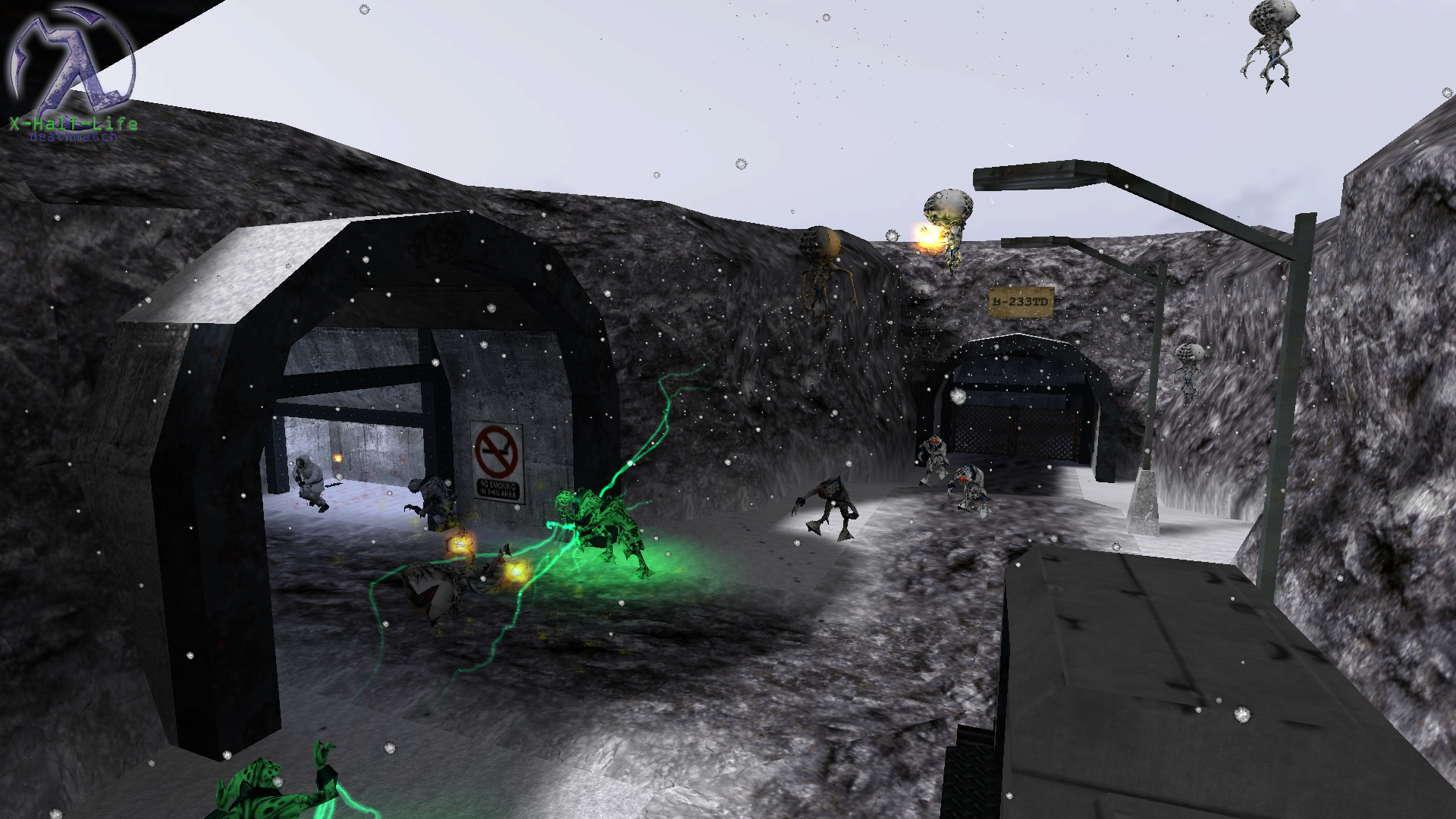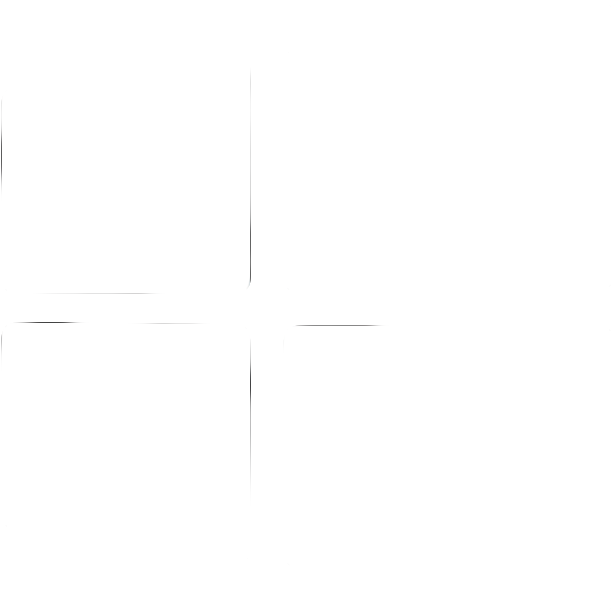How Did I Make This Absurdly Large Map Fit Half-Life?
Creating an enormous map in the Half-Life engine comes with many challenges, from engine limitations to performance concerns. This article dives into the technical hurdles and solutions that went into making such a large map work in Half-Life’s GoldSrc engine. Whether you’re a game developer or just curious about modding, this exploration will give you insights into how ambitious projects can overcome limitations.
The Challenge of Large Maps in Half-Life
The GoldSrc engine, which powers Half-Life, was never designed to handle extremely large maps. Originally built for smaller, more contained levels, the engine struggles with performance and rendering when maps exceed certain limits. So, how does one manage to create a map that seems to push beyond these boundaries?
The key is to break down the challenges into manageable pieces. By understanding the engine’s limitations and using creative solutions, modders can push the boundaries of what’s possible in Half-Life without sacrificing performance or stability.
Limitations of the GoldSrc Engine
The GoldSrc engine imposes several restrictions on map size and complexity. Some of these limitations include:
- Brush Limits: GoldSrc limits the number of brushes (building blocks of a map) that can be used in a level. Exceeding this limit can lead to crashes or failed compilations.
- Entity Limits: Entities, such as doors, lights, and NPCs, are also capped within the engine.
- Rendering Constraints: The engine was designed to render small environments. Larger maps can lead to graphical glitches and performance issues if not optimized properly.
Given these restrictions, creating a large map for Half-Life requires a combination of optimization techniques and creative workarounds.
Techniques for Fitting Large Maps into Half-Life
Overcoming the limitations of the GoldSrc engine requires a combination of smart planning and technical adjustments. Here’s how the map was made to fit within the engine’s constraints:
1. Efficient Use of BSP Brushes
BSP brushes are the basic building blocks of Half-Life maps. To stay within the engine’s brush limit, the map had to be meticulously optimized. Non-essential brushes were merged or removed to save space, while essential structures were carefully designed to use the least number of brushes possible without sacrificing detail.
2. Segmenting the Map
One of the most effective techniques for fitting a large map into Half-Life is to break it into smaller, interconnected segments. By dividing the map into chunks that load separately, the engine only needs to render a portion of the map at any given time, drastically reducing the load on the engine.
3. Careful Entity Management
To avoid hitting the entity limit, non-essential entities were minimized, and those that remained were strategically placed. For instance, certain types of lights and decorations were replaced with textures or models that simulate their effect without adding to the entity count.
4. Optimizing Performance with VIS
The Half-Life engine uses a technique called VIS (Visibility Information Set) to determine which parts of the map are visible at any given moment. By optimizing the map’s VIS data, unnecessary areas of the map are hidden from the engine’s rendering calculations, which improves performance. In a large map, this step is crucial for maintaining smooth gameplay.
5. Texture Optimization
Using high-resolution textures can quickly eat up memory and cause performance issues, especially in large maps. For this project, the textures were carefully chosen and compressed to ensure they looked good without putting too much strain on the engine.
The Result: A Playable Large Map in Half-Life
Despite the many challenges, the final map runs smoothly within Half-Life’s engine. The careful use of optimization techniques allowed for a large, detailed map without causing performance degradation. Players can explore a vast environment that feels immersive and expansive, while still enjoying the fluid gameplay that Half-Life is known for.
Frequently Asked Questions
Why didn’t you use a more modern engine for this map?
While modern engines like Source or Unreal Engine offer more flexibility and power, the goal was to create something within the classic Half-Life environment. The limitations of the GoldSrc engine added an extra layer of challenge, which made the project more rewarding.
Will this map work in multiplayer?
Yes, the map has been optimized for both single-player and multiplayer modes. However, some features may be disabled or simplified in multiplayer to maintain performance, especially with large player counts.
What’s next for this map?
Future updates may include additional optimizations, new areas, and improved textures. The team is also considering community feedback for potential changes and enhancements.
Conclusion
Creating a large map for Half-Life using the GoldSrc engine required innovation, patience, and careful optimization. By using techniques like brush efficiency, segmenting, and VIS optimization, the map was able to fit within the engine’s limitations without sacrificing quality. This project demonstrates that even with older technology, ambitious goals can be achieved through smart design and perseverance.


 Windows
Windows MacOS
MacOS Linux
Linux